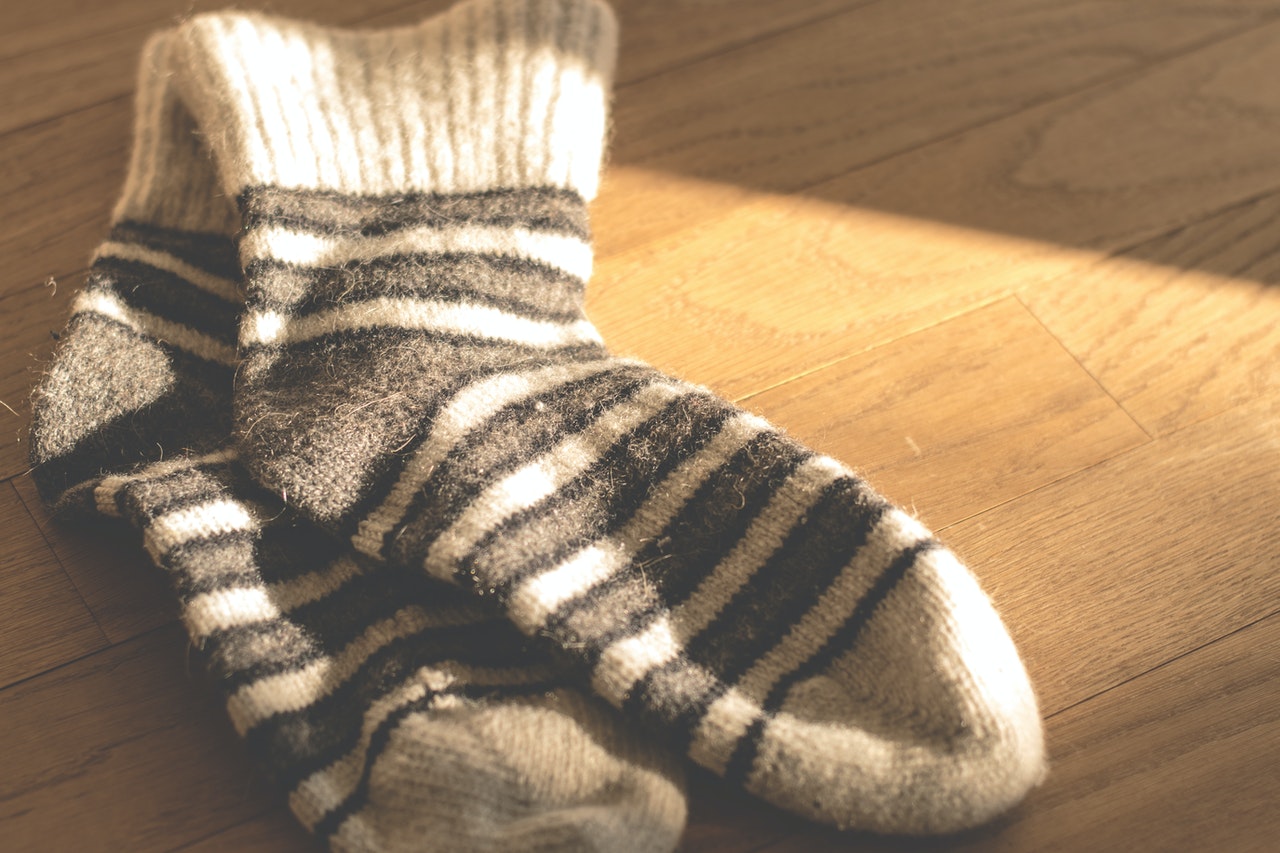Although hardwood floors aren’t inherently slippery, dust, dirt, wax and polishes can actually make them quite slick – especially when you’re wearing socks. If you want to find out how to make hardwood flooring less slippery, we’ve put together a list of tips that can help reduce the danger.
Sweeping
Keeping your floors dust free will greatly reduce any slipperiness you might experience with your hardwood floor. This is done simply by keeping a regular sweeping schedule. Although at least once a day is recommended, in heavy use areas such as kitchens, you should sweep the floors every time they’re used to prepare or eat a meal. Keeping your floor dust free is the easiest way to reduce slickness.
Door Mats
Placing door mats both inside and outside any doors leading into the house will reduce the amount of dirt and debris that gets onto the floors. Having a shoe free house will also do wonders for your hardwood. Slippers or indoor shoes will ensure most of the outdoor dust and dirt doesn’t get tracked throughout the house.
Area Rugs
Placing area rugs in well travelled places will give you grip where you need it most. And although this might end up hiding portions of your beautiful hardwood floor, with strategic positioning and an interior decorator’s eye, you can end up with something perfectly functional, but also very good looking. Just make sure the rugs have a backing that will prevent them from moving around.
Wax Residue
Build ups of wax or floor polish can make your hardwood flooring more slippery than it should be. You can remove these layers by mopping with a vinegar and water solution. Aim for one part vinegar with two parts water. You’ll just need to make sure the mop is wrung out well to prevent excess moisture from causing problems with your floor. If necessary, wipe up any leftover wetness.
Anti Slip Treatments
If all else fails and your floor is still too slippery for comfort, there are anti slip treatments which can be applied to hardwood. This may require a bit of effort as it usually calls for sanding the floor back to wood base before applying the treatment. Aside from a higher friction coefficient, these treatments will also add a layer of protection to the floor.

